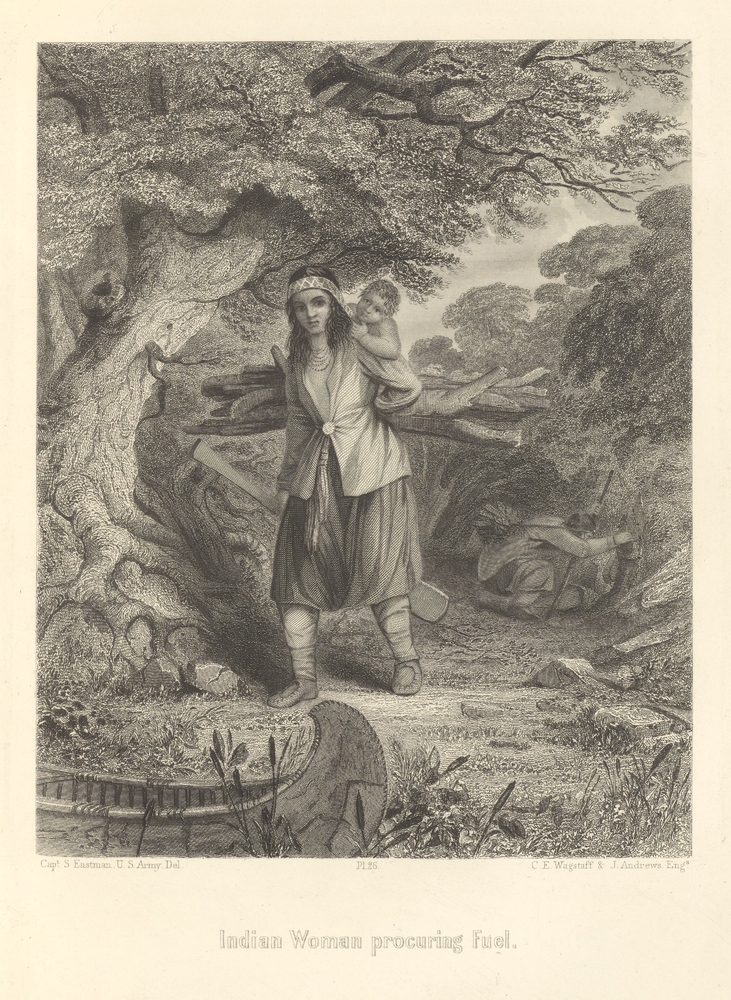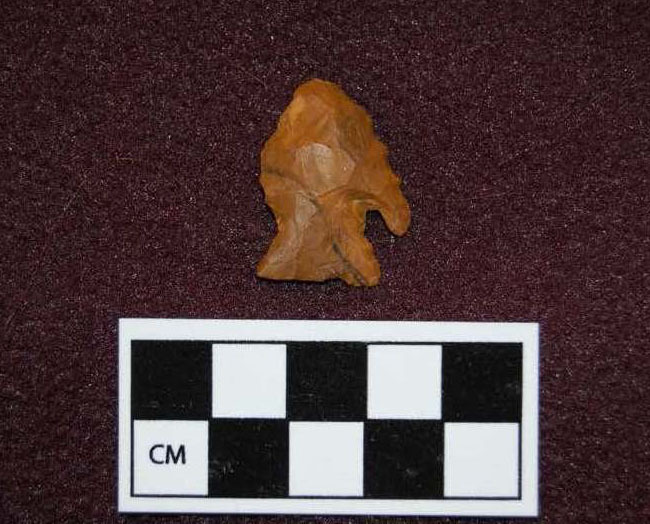Historical Significance
Historical Significance
The study was conducted in the summer of 2011 to define the area where the artifacts were found, identify activities that took place in the area, determine when the camp was occupied, and learn about activities carried out in the camp.
Archeologists first dug seven small square or rectangular pits to sample areas within the site. They found several places where the camp’s occupants made tools and gathered resources.
Projectile points found at the site indicate the camp was occupied sometime within the middle-Early Woodland through the Middle Woodland archeological periods (circa 600 B.C. to 900 A.D.). Among the tools discovered were a rhyolite Jack’s Reef corner-notched point, a reworked jasper Jack’s Reef corner-notched point, and a quartz Piscataway point.
Investigators also found a large number of pottery sherds made of clay strengthened with crushed oyster shell. Some pieces had cord-marked exteriors characteristic of Mockley pottery from the Middle Woodland period (200 to 900 A.D.). An area containing most of the pottery likely shows where people prepared and ate meals.
 An official website of the United States government.
An official website of the United States government.



